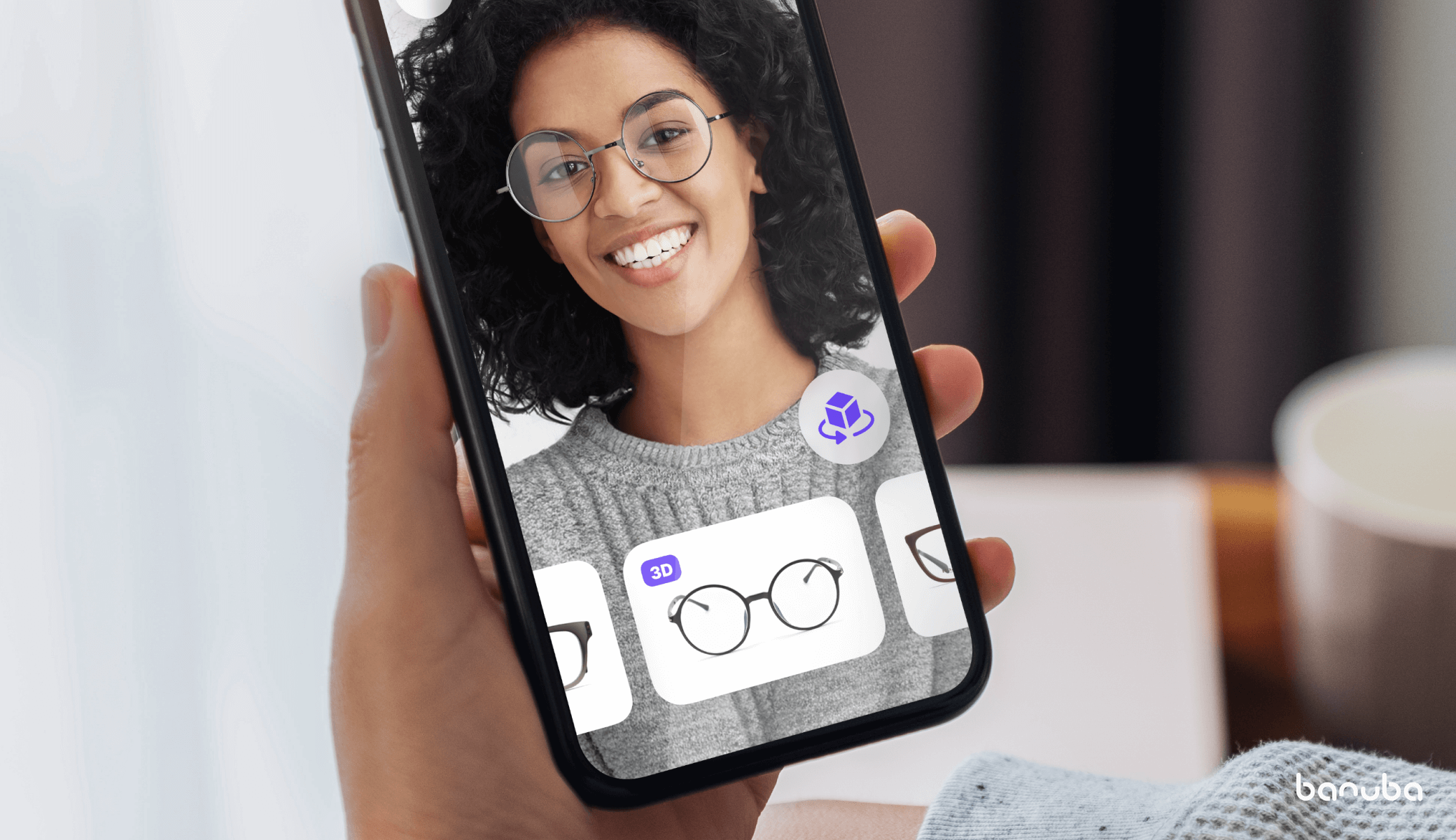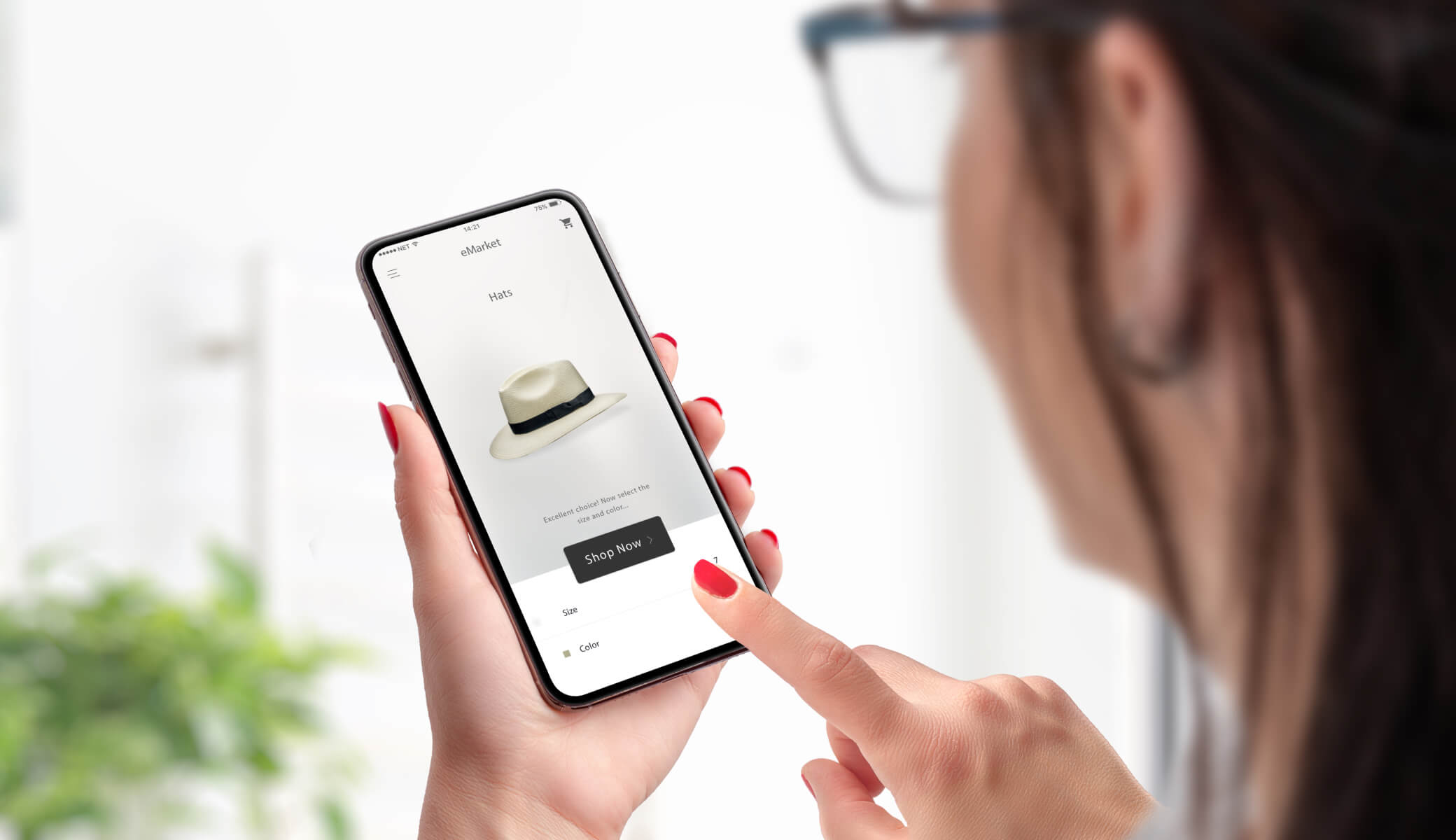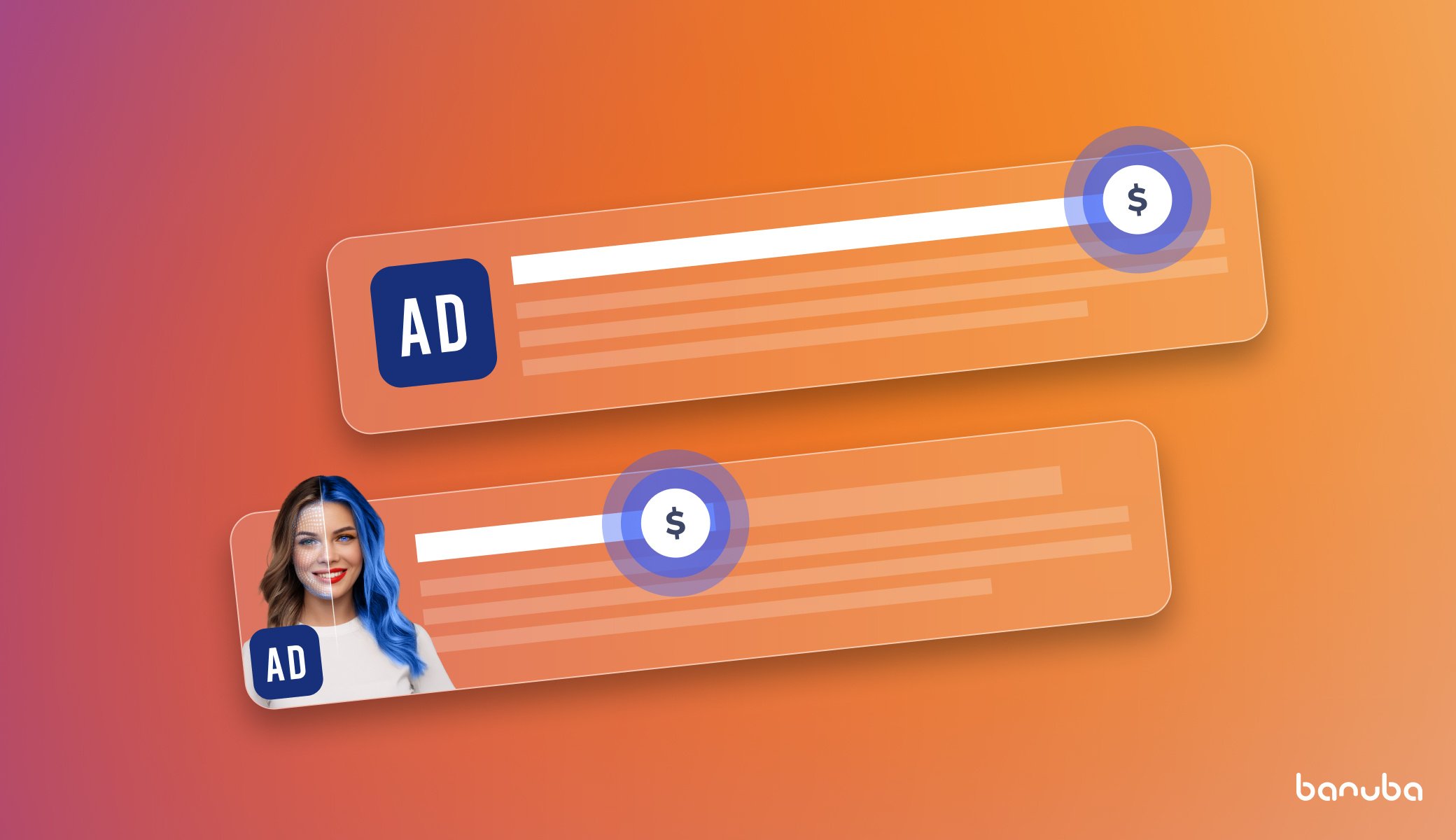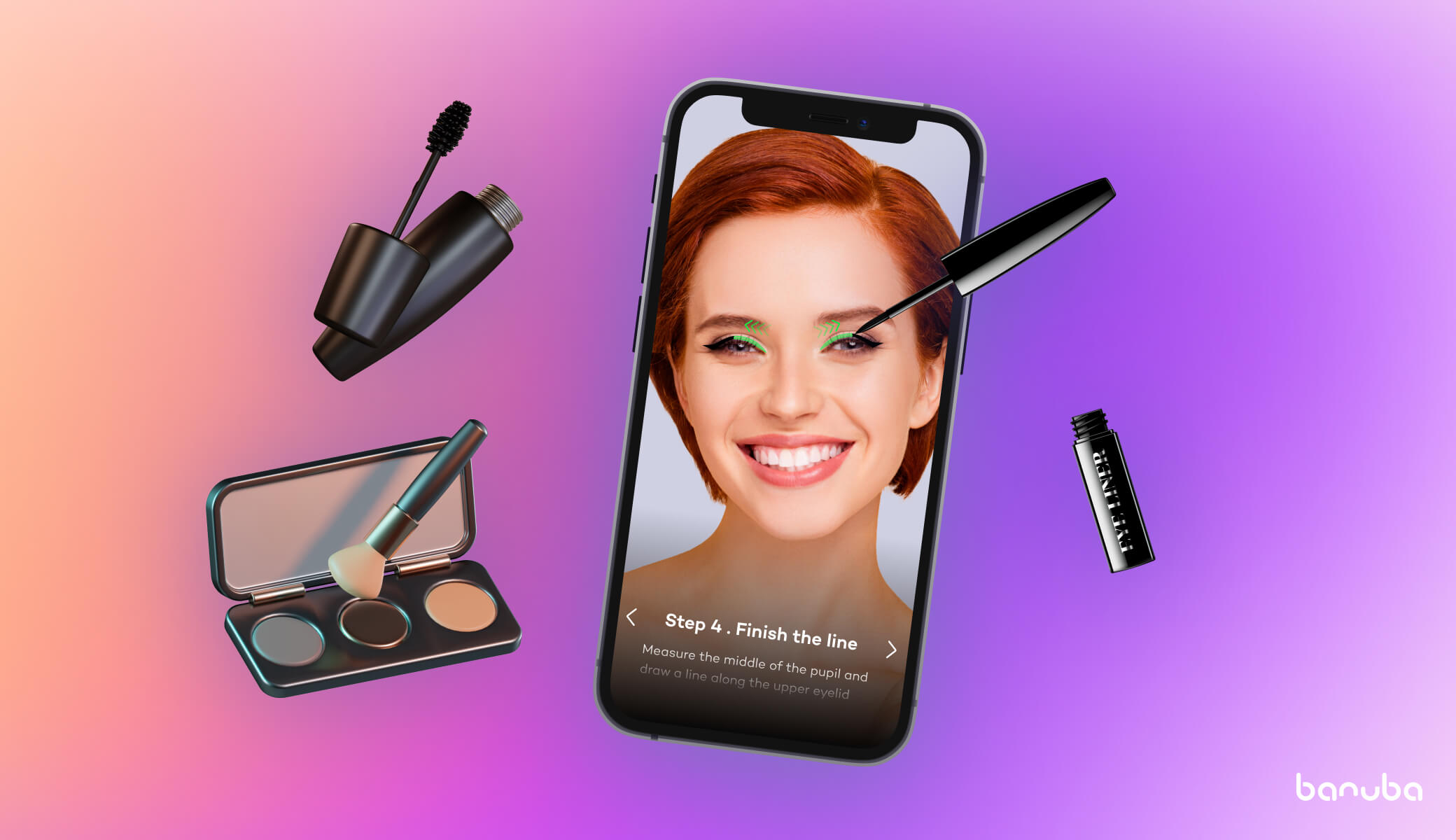- Exploring 3D Commerce: The Rise of 3D Products in the Digital Marketplace
- How 3D Commerce Is Transforming the E-Commerce Landscape
- 7 Key Benefits of 3D Product Visualization For E-Commerce Brands
- Top Sectors and Products for 3D Visualization
- How To Get Started With 3D Products in Your E-Store
- Making the 3D Revolution Accessible for All
3D Product Model Visualization for eCommerce: the Complete Guide
Customers are no longer satisfied with the classic online buying where you view product images on a website, select a product, and proceed to checkout. They are looking for much more.
They seek a new, immersive, interactive shopping experience, as if they were in-store. They want to see products in 3D, rotate them, zoom in on them, try them on in real-time... all from the comfort of their homes.


- Exploring 3D Commerce: The Rise of 3D Products in the Digital Marketplace
- How 3D Commerce Is Transforming the E-Commerce Landscape
- 7 Key Benefits of 3D Product Visualization For E-Commerce Brands
- Top Sectors and Products for 3D Visualization
- How To Get Started With 3D Products in Your E-Store
- Making the 3D Revolution Accessible for All
Welcome to the era of 3D products and immersive shopping experiences. To adapt and stand out in a landscape where customers are increasingly demanding and competition is ever more fierce, eCommerce companies have to adopt the new technologies that allow them to offer the amazing experiences that buyers want.
Let’s delve into the topic and discover what 3D commerce is and why today is the moment to embrace this new shopping revolution.
Exploring 3D Commerce: The Rise of 3D Products in the Digital Marketplace
If we were to give a definition, 3D commerce is a new way of shopping, in which customers can view products almost as if they were in a physical store.
A 3D product has many benefits, compared to a static image. The customer can see all the details, realize the quality of the materials, rotate the product, view it in 360° and, with Augmented Reality (AR), even position and see it in its real space.
What's more, thanks to the Virtual Try-On technology, the 3D models can make the experience even more unique by allowing customers to try on glasses, clothes, shoes, jewelry, make-up and more directly from their screen, just as if they were in the shop.
Who wants a traditional experience, with flat images to scroll through, when they can have a unique online shopping experience, with no boundaries between digital and real?
How 3D Commerce Is Transforming the E-Commerce Landscape
As we have already stated, 3D commerce and the visualization of products are trends that are constantly growing in the e-commerce world. Numbers and market research say so.
Here are some interesting data points:
- 63% of customers say that augmented reality (AR) would improve their shopping experience, indicating a strong interest in more immersive e-commerce experiences (Invesp);
- 70% of consumers are expected to be more loyal to brands that include AR as part of their shopping experience (Invesp);
- 35% say they would likely shop online more if there were a possibility to virtually try things before buying them (Thinkmobiles).
And these are just some of the data that attest to the importance of moving to 3D today for e-commerce brands.
7 Key Benefits of 3D Product Visualization For E-Commerce Brands
Now that we understand why 3D is a strongly growing trend in the e-commerce world, it's time to explore the real advantages of 3D models and the 3D experience for merchants.
Here are the main benefits:
- Better customer experience
Using 3D products in your online store gives customers what they're looking for. Prospective buyers can view products in more detail, interact with the them, and even check them out with AR try-on.
- More conversions and sales
Seeing the products in more detail, with high-quality models instead of simple images allows the customer to develop more confidence in the purchase, and consequently contributes to a significant increase in conversions and online sales.
- Less returns
On one hand, the improvement of buyer confidence leads to an increase in sales. On the other hand, it significantly reduces returns, which is one of the main problems of online businesses. Thanks to lifelike 3D models, customers can get a concrete idea of the product they are buying, matching their expectations with the item they will receive.
- More engagement and time on product pages
All the actions, possible through the use of 3D models contribute to increasing the time spent by customers on product pages, thereby also increasing engagement and making the shopping experience interactive.
- Less money and time spent on samples and photoshoots
Designing 3D models means no more photographing all the variants of a product or production of dozens of unsold samples. Customers can view (and try) the products in 3D online as if they were in a store.
- Valuable assets for your marketing campaigns
3D products are not only useful for the website but also for marketing campaigns, including creating quality, valuable content on social media. Showing your products in 3D allows for attracting more customer attention and making the brand and its products seem higher quality from the earliest stages of the funnel.
- Premiumbrand image
Another important advantage for brands embracing the 3D revolution concerns the perception that customers develop of the brand itself. A business with quality 3D models representing its products creates a quality image, highlighting not only the products but also the brand itself.
Top Sectors and Products for 3D Visualization
3D commerce is a game-changer for anyone in the e-commerce field, but there are some sectors where implementing 3D product visualization software can make a difference:
Fashion & Luxury
In the world of fashion, moving to 3D is mandatory. Imagine a handbag, a pair of shoes, or a suit online: how amazing would it be to view them in 3D, perceiving the quality of the materials, compared to seeing them with simple flat images? Then, if you add the possibility of virtually trying them directly from home, the shopping experience becomes perfect.
Furniture
Another industry particularly geared towards 3D and AR is undoubtedly that of furniture. When purchasing high-ticket items like a sofa, a table, or a set of chairs, being able to see them in 3D, analyze their materials, and see them in real-time in your own spaces is crucial. 3D and AR allow this, increasing buyer confidence.
Home Decoration & Design
The same applies to the field of home accessories and designer items. In this case, especially when dealing with high prices, customers would like to view the product just as if they were in a store. Using 3D products in your e-commerce can make a difference and convince customers to buy even more expensive products online.
Beauty & Make-Up
Last but not least is the beauty and make-up world. In this case, the shift to Virtual Try-On, gives a vital boost to buyer confidence. Testing makeup in AR in real-time, viewing the effect of these products on the skin in a hyper-realistic way, directly from home… it’s what customers are looking for.
How To Get Started With 3D Products in Your E-Store
And now, the most critical question: how do you start with 3D in your e-commerce?
Let's begin with the basics. There are 3 ways to create 3D assets:
3D Scanning
This method uses a scanner to capture the precise shape and dimensions of objects, meticulously compiling millions of points to form a comprehensive vector point cloud.
Photogrammetry
This approach utilizes the merging of multiple overlapping photographs of a product from various angles. Dedicated software processes these photographs to construct the object's 3D model.
3D Modeling
This is the manual crafting of a model by a 3D artist. It's not necessary to physically possess the item. A designer can employ digital prototypes and additional data to fabricate the 3D model.
Generating top-tier 3D models requires the investment of both financial and human resources, especially if you aim to handle this process in-house. However, you may lack the essential skills and resources needed. In such cases, leveraging a SaaS solution is the right way.
Creating 3D models doesn't necessarily have to be expensive and shouldn't be exclusive to big brands. The key is to rely on the right technology partner, one that offers various pricing plans to suit different needs and allows you to create a 3D catalog without spending too much.
Making the 3D Revolution Accessible for All
Smaller businesses can also leverage 3D products to boost their performance.
The key lies in selecting the best 3D software. There's a variety of software available aimed at enhancing the online shopping experience. Beyond just crafting 3D models and enabling AR views, these tools can offer real-time personalization and configuration, transforming the shopping experience into something unique and fully personalized.
One of these software is the 3D Product Configurator by Zakeke, in partnership with Banuba. It allows customers to design made-to-order products in real-time by selecting components and designs, all while viewing their creations in 3D. No programming skills required. Buyers can even see how their custom items look in AR or try them on virtually.
Creating customizable 3D models for AR viewing and virtual try-on paves the way for a shopping experience that's a cut above the rest, something your customers have been eagerly awaiting.
Worried about cost and integration? Zakeke’s solution offers a pay-as-you-grow model and straightforward, no-code integration with major e-commerce platforms.
Now, it’s your chance to dive into the 3D commerce revolution. Are you ready?


